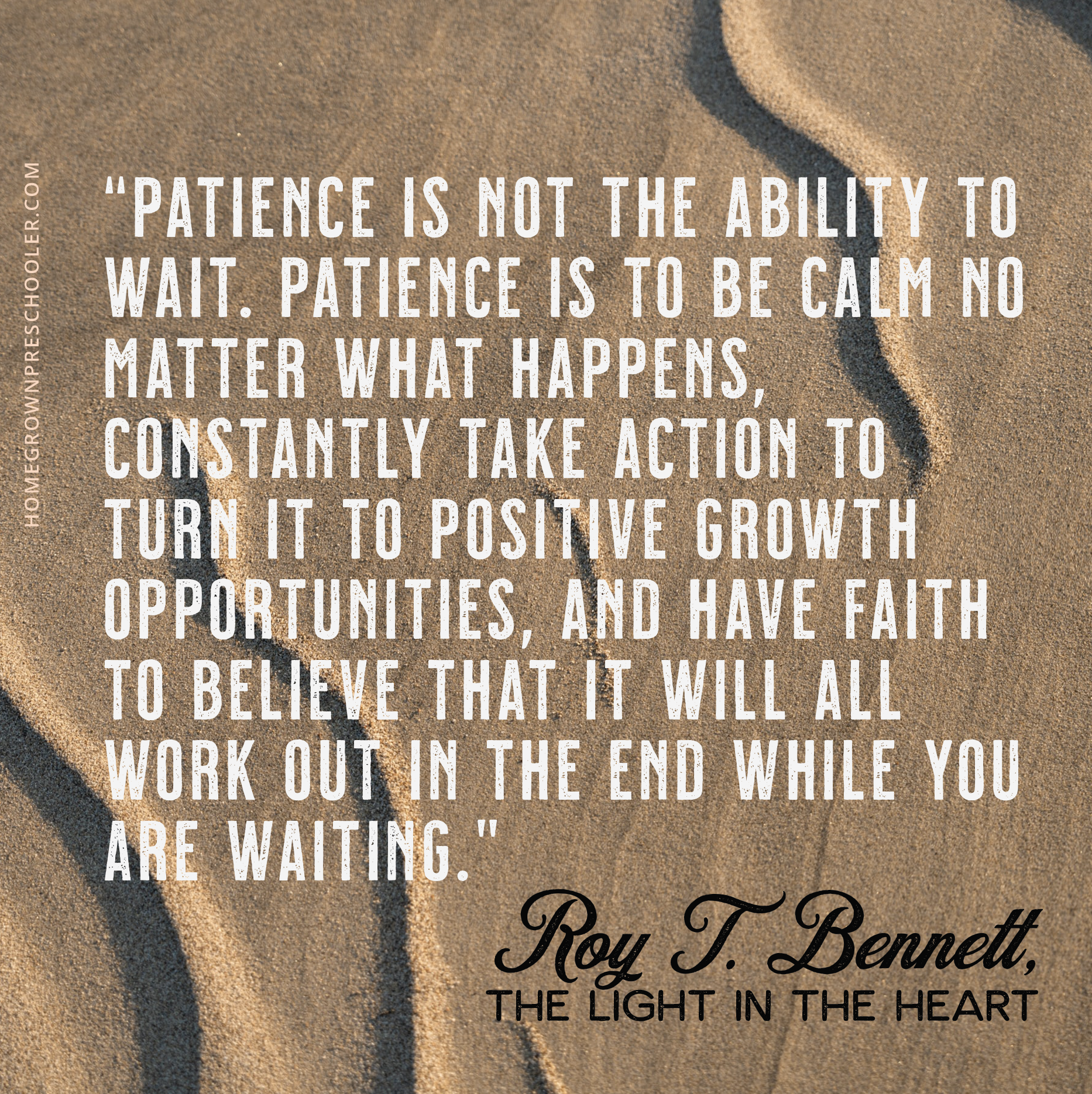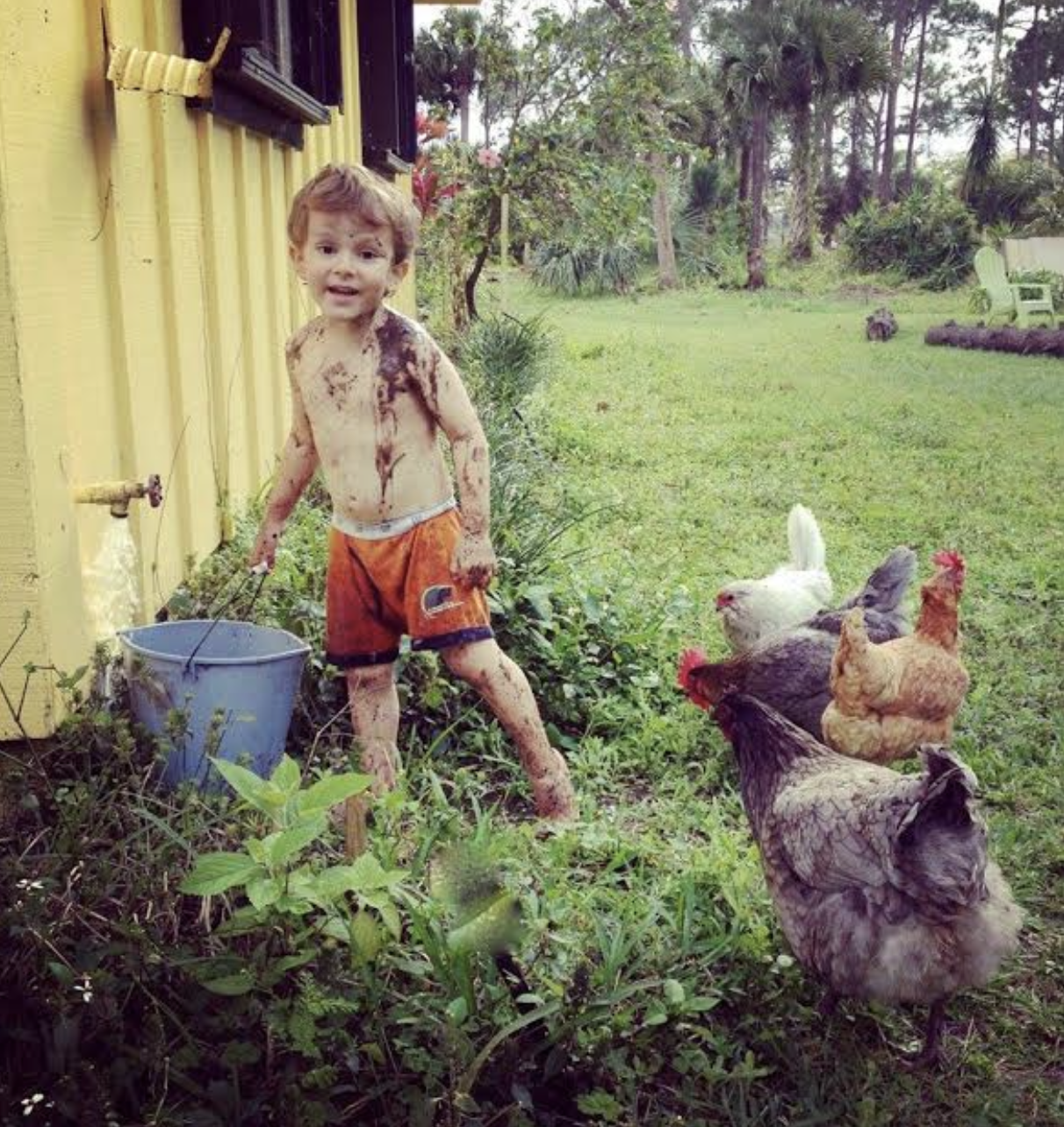This month in our curriculum, A Year of Playing Skillfully, we are focusing on the character trait of forgiveness.
Webster's 1828 Dictionary defines forgiveness as “to pardon, to overlook an offense and treat the offender as not guilty.” We thought this was a very matter-of-fact definition for such a complex emotional process. Listen to Episode 31 of the Play Skillfully where Kathy and Lesli have a frank talk about what teaching children about forgiveness can look like in your home.
“Forgiveness is a funny thing. It warms the heart and cools the sting.”
Examine your own family history with forgiveness. We don’t want to parent on auto-pilot! Did your family easily forgive? Did your parents apologize to you and ask for forgiveness? How would you like to do things differently with your family?
Recognize that with small children, the foundation of forgiveness is developing the idea of inherent worth. Use stories such as “Horton Hears a Who” by Dr. Suess to develop empathy for others. After using stories to develop the idea of inherent worth, we want to move onto developing ideas of kindness, respect, and generosity. When a child is about 6 years old, they can developmentally begin to understand the causes and effects of people’s actions.
Remember that forgiveness sometimes takes time! It does not always mean immediate reconciliation. Forgiveness is a choice and should never be forced on a child before they are ready.
Always be there to help your child name their feelings. Validate their feelings of anger, sadness, or frustration without validating unwanted behavior that can come along with it.
Forgiveness demonstrates resilience, and this is a quality our children really need to take into their futures. They need the ability to repair, reframe and move on from conflict. Holding onto anger and resentment creates anxiety and depression. It is necessary for our mental health to learn to forgive.
Stories that build the foundation for forgiveness:
Horton Hears a Who by Dr Seuss
Mrs. Rosey Posey and the Yum-Yummy Birthday Cake by Robin Jones Gunn
The Berenstain Bears and the Golden Rule by Mike Berenstain
I Forgive You: Love We Can Hear, Ask For, and Give by Nicole Lataif
Punk the Skunk Learns to Say I’m Sorry by Misty Black
How to Apologize by David LaRochelle
The Circles All Around Us by Brad Montegue
The Friend Who Forgives Storybook: A true story about how Peter failed and Jesus forgave by Dan Dewitt

















